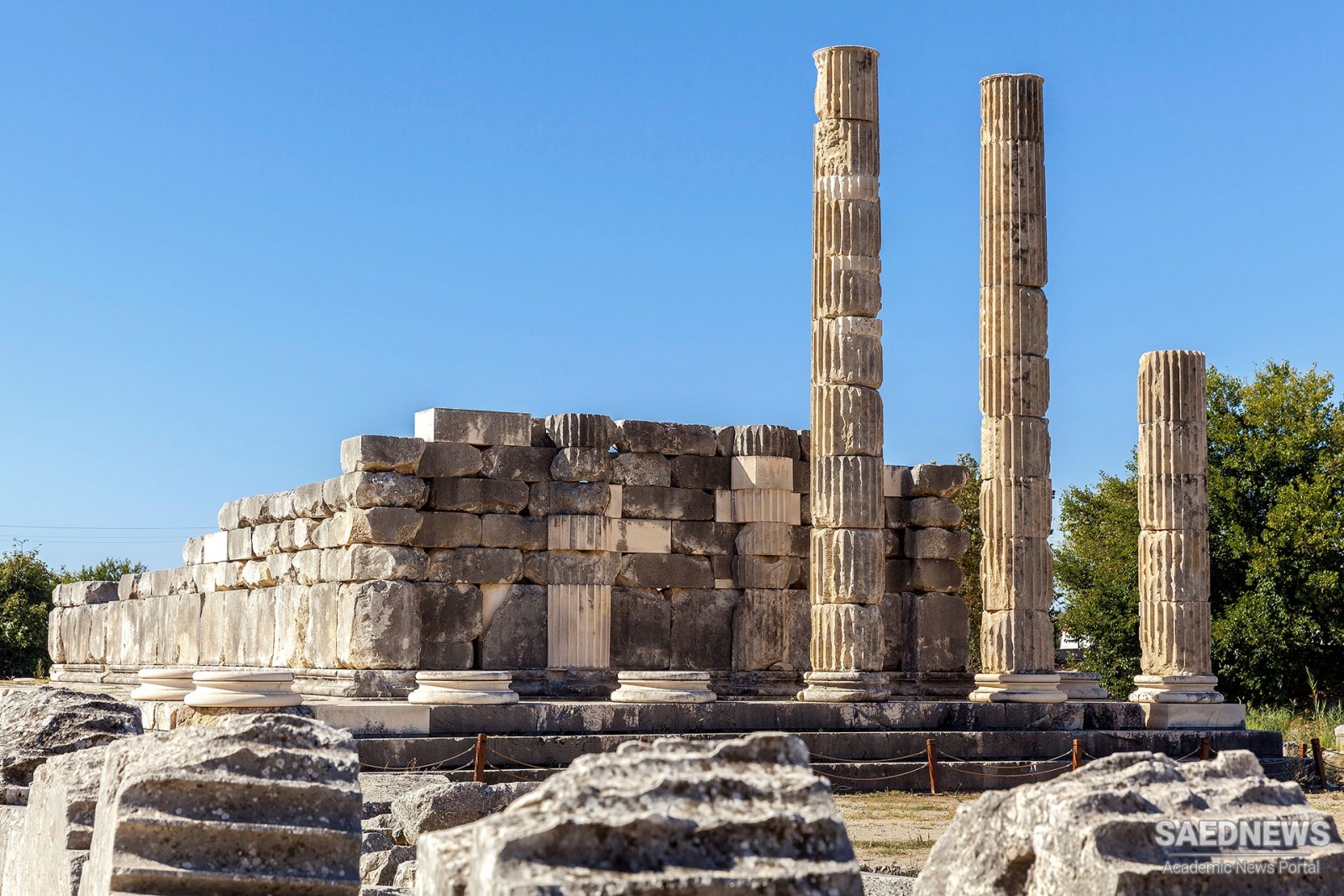Xanthos is where Sarpedon lived, who encouraged Prince Hector during the Trojan War by writing a poem to him. The site is on the road between Fethiye and Kaş, 46 km from Fethiye. It is part of present day Kınık Villagei on the Esen a stream separating the provinces of Muğla and Antalya.
The archaeological value of Xanthos and Letoon make them very important parts of global heritage. The sites are about 4 km apart and they include the stone inscriptions on which the longest and the most importnat scripts in Lycian language are written.
The original Lycian sarcophagi once situated just above the amphitheatre, and the original Harpy Tomb are in the British Museum.
The sanctuary of Letoon was discovered in 1840. There are a 36-row theatre, a basilica, inscription tablets, three temples, a round portico attached to the cult building of the empire and an L shaped stoa. Letoon’s twins, Apollo and Artemis, were deities, and were honored, like their mother, with a temple each.
The largest temple, devoted to the mother of Artemis and Apollo, is the Leto Temple built on the west side in peripteros style. It is 30.25m by 15.75m. On the east side the Apollo Temple is in the Doric style and it is 27.90 m by 15.07 m. The Apollo Temple looks exactly like the houses depicted in the Lycian tombs. The foundation remins are noteworthy since they have a timber structure.
The lesser Artemis Temple is situated between the other two temples. It is 18.20 m by 8.70m. As water levels have risen since antiquity, the lower parts of the buildings are now under water.



 Nemrut Dag, Turkey
Nemrut Dag, Turkey














































